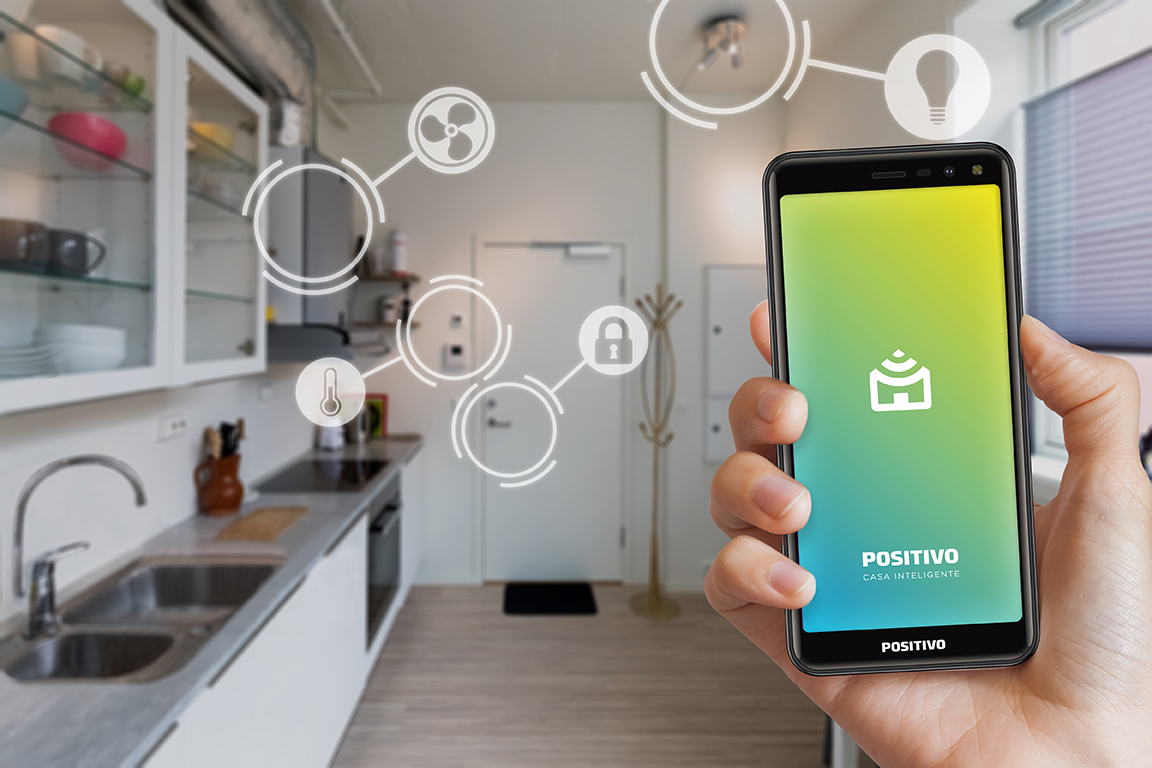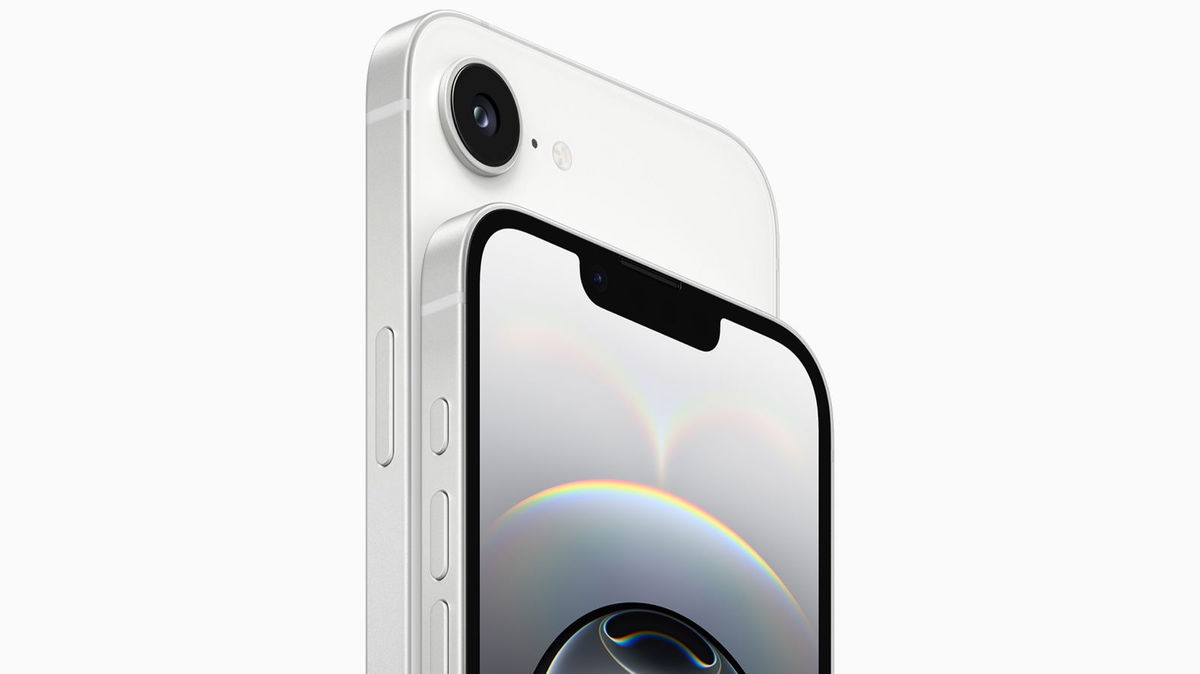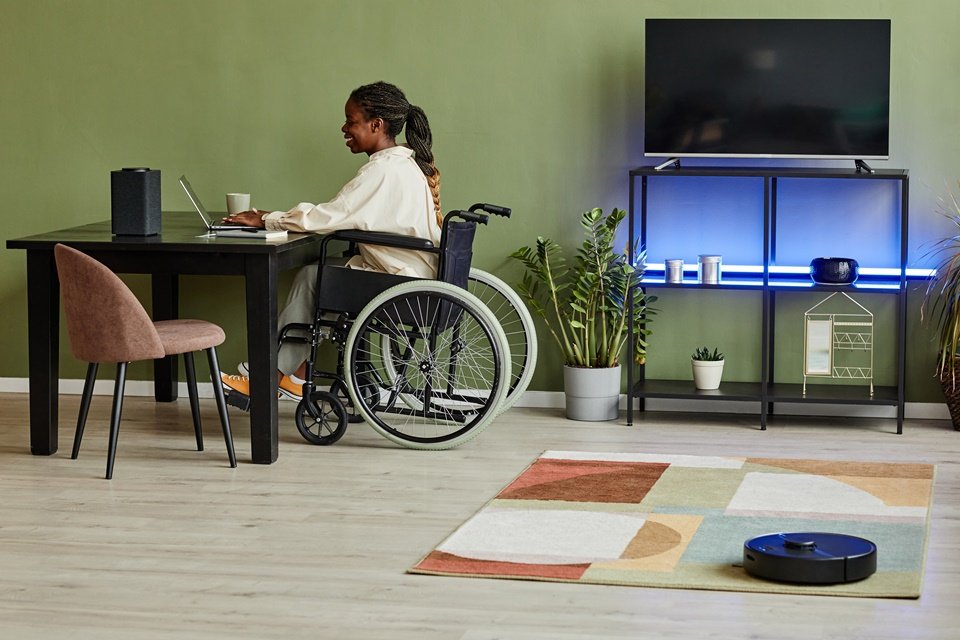With the gradual improvement of the quality of Internet connections and the evolution of the technical components of electronics, automation devices have gained more and more popularity. Especially in Brazil, there is even more demand for equipment to transform traditional homes into “smart homes”.
According to the IDC Predictions Brazil 2022 survey, the IT industry is expected to grow by 10.6% by the device segment, mainly including smart home devices (home automation equipment).
The catalog available to Brazilians includes devices such as cameras, lamps, sockets, universal controls, LED strips, locks, speakers, switches and even household appliances such as refrigerators, vacuum cleaners and washing machines.
Reasons for the popularity of smart devices
José Ricardo Tobias, responsible for Positivo Casa Inteligente, a branch of Positivo Tecnologia that provides Internet of Things (IoT)-based solutions for connected homes and offices. TecMundo Overall, the market for smart devices continues to grow in Brazil, as the local scenario is still not as consolidated as, for example, Europe and the United States.
he is pointing In addition to Brazil’s “late start in the race”, consumers perceived value in the solutions..
“When talking about the Internet of Things, it is often an abstract concept. “As people begin to buy security devices like smart cameras and smart light bulbs, it becomes clear to the imagination how these solutions can help in a practical way.”

Tobias commented Positivo Casa Inteligente has an installed base of 600,000 smart device users. and overall, as research shows, the base of Brazilians using IoT products still has a lot to grow.
Device development for PCDs
If all these smart solutions are making everyone’s life easier, they have finally become almost essential for PWDs. According to the Brazilian Institute of Geography and Statistics (IBGE), there are about 45 million PCDs in the country that can find ways to make their daily lives easier on smart devices.
The Positivo Tecnologia representative explains that the Brazilian company’s teams conduct business evaluations, qualitative and quantitative research, trend checks, beta and fixed user testing, and more before developing a new device.
He says the general user base consulted about new releases includes people from many different demographics, including people with disabilities. Although he admits that He emphasizes that the company does not think of solutions specifically for the disabled, and that serving this audience is a part of the company’s mission..

“We have some pillars, including democratization. Based on this concept, we understand that the product must be accessible, both economically and in terms of practical use; easy installation, high quality and usability”, says Tobias.
The manager also says he has a little more structuring of the testing part of products that should include PCDs to give an idea of launches. The Positivo representative argues that despite the intention to involve more disabled people in the process, the Brazilian brand’s devices will continue to reach the widest possible audience.
“A large scale is important so that we can deliver fair value to Brazilians’ pockets. By producing this way we can add value to several different audiences, for example we can offer many high-tech products for less than 100 reals,” he said.
Convenience for daily life
Dani Amaral is a creator, influencer, and speaker, with over 430,000 subscribers on YouTube and nearly 160,000 followers on Instagram. The young woman, who lost both her arms in an accident as a child, said: TecMundo The person who uses smart bulbs in his home and automates the television.
He says that before IoT became widespread, he had no difficulty using the equipment as it adapted to the products, but the current technological scenario certainly made life easier for PCDs.
“Being able to control everything with a mobile phone brings more practicality and agility in everyday life. In addition to making it easier, it also speeds up performing tasks,” he says, responding about the benefits of using a smart device.
On the other hand, Dani says she misses the voice activation feature. Content creator says devices are often expensive, making it very difficult for the disabled to access. The young woman insists on emphasizing that despite progress, the scenario for people with disabilities is still complex.
“The challenge for PCDs is in the people rather than the things”.
“The challenge for PCDs is more in the people than in the things. There is no more empathetic view of people with disabilities. Seeing them as talented people who have the right to access everything to achieve a fuller life,” concludes Dani.
Source: Tec Mundo










